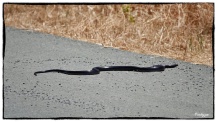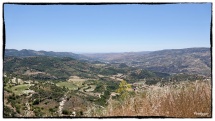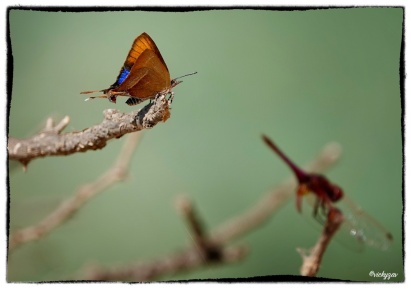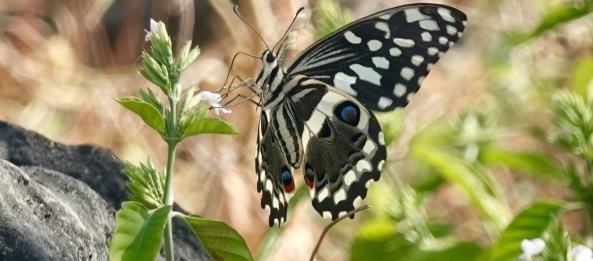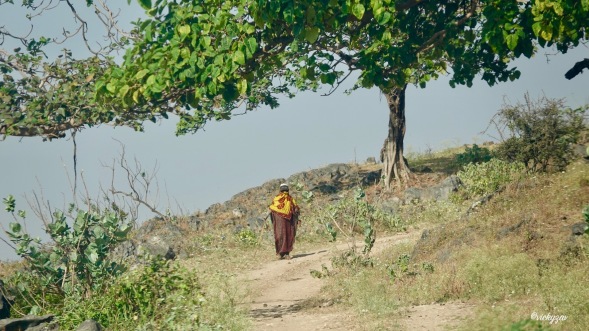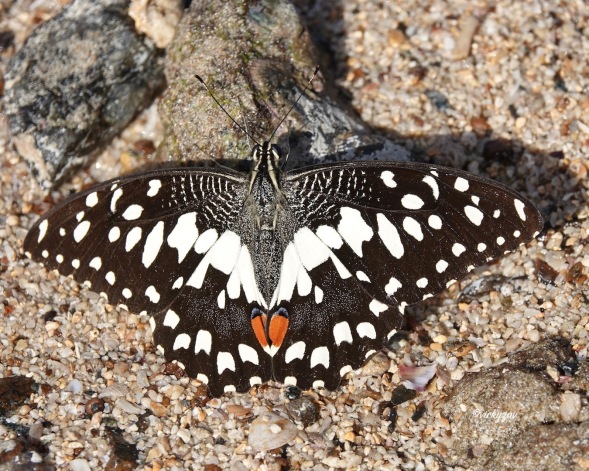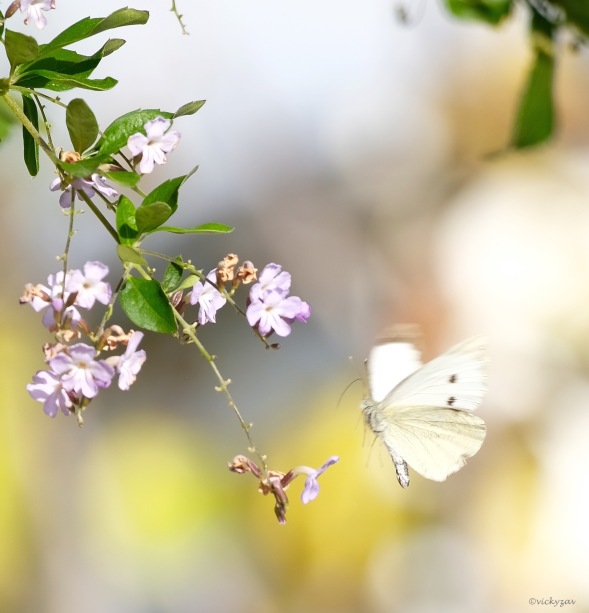Cyprus, May 2020…how I felt on my first “BIG” nature day out and what I stumbled across…
Whilst we are encouraged to follow the new norm of social distancing, masks and regulations in all aspects of life where you mix with other people, now our quarantine is lifted, we can just go out now.
“Go Out”…after you haven’t been able to just go out without following a raft of procedures, it actually feels quite odd to get your freedom back.
Strangely I’ve had a reluctance to just go out over the last few days. Even more strange is the fact that my going out is to places where I am unlikely to meet anyone in a social context. I’m sure the reluctance will pass, we are just taking steps out into a world where there are new norms…
If you read my blog, you probably get that I like to just go out, not to party and have a wild time, but just to be outside amidst nature.
If I’m travelling in the Middle East and beyond, I’m usually walking miles down empty beaches searching for shells, but in Cyprus, I head to the hills and if there’s the chance to head off down a lonely track, I turn onto the track…
One of my favorite round trips that is a half-day trip, is to head up the Diarizos valley, visit the abandoned village of Trozena and head back to the coast via the village of Dora.
That’s the route I took today, but as the OH is here with me, trapped in Cyprus until UAE lifts restrictions for him to return, I decided to take an alternate route back. I hadn’t wanted to do it alone, as many years ago I got into trouble on the track and have always thought since that it wouldn’t be a wise drive on my own.
It was just a lovely day, the weather is glorious here at the moment and we ended up quite high in the hills, so some lovely views, but I’m very conscious that whilst we have been locked down, I missed the transition from spring to summer, the heat is starting to dry the vegetation out and soon the hills will be brown.
I hope you enjoy my nature diary for today…
At the first stop by the Diarizos river, butterfly heaven and a surprise sighting of a black snake on the lonely road…
Trozena is an old abandoned village in the foothills leading to the Troodos mountain range. There is a small river below the village that feeds the magnificent waterfall into the valley which contains a small pool in a shaded area which is a haven for dragonflies…
Wild honeysuckle and views to the Troodos mountains, beautiful plant bugs, a huge lizard, and a random catch of one of the smallest butterflies in Cyprus…
On the track to the abandoned village of Maronas, a special butterfly, wonderful old olive trees, landscape views up and down the valley and views of the abandoned village…



